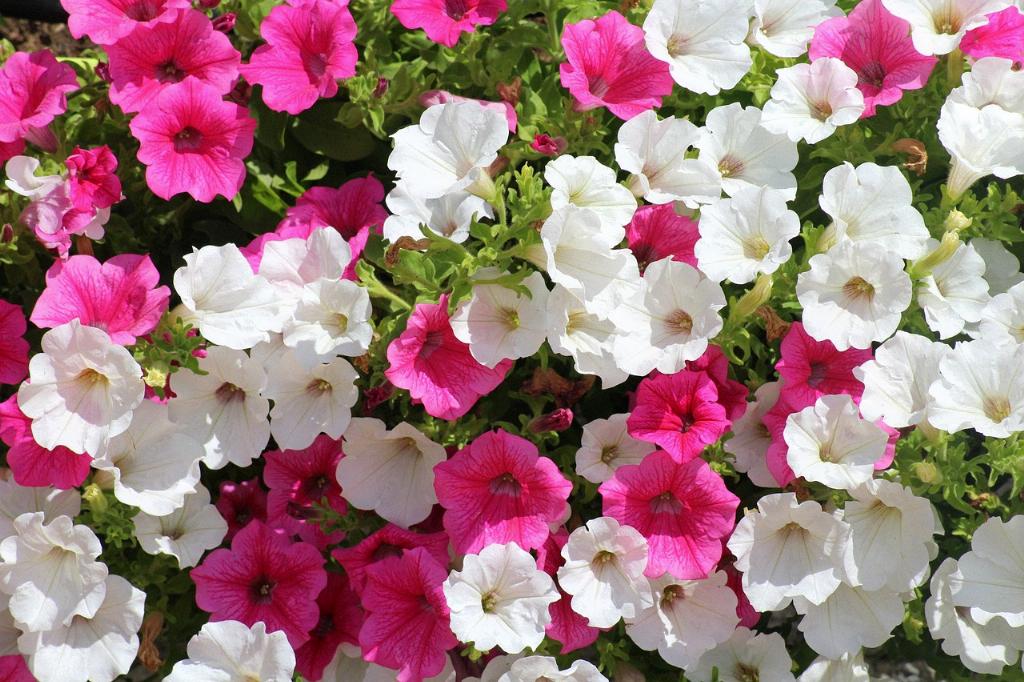When it comes to the vibrant and versatile petunia plants, understanding their bloom times is essential for creating a colorful and fragrant garden oasis. Petunias are a popular annual flower choice for many gardeners due to their long bloom period, bright colors, and delightful aroma that fills the air.
Springtime Bloomers
One of the most exciting aspects of petunias is that they bloom profusely from spring until the first frost arrives. Typically, petunias planted in early spring will start blooming in late spring or early summer, continuing their colorful display throughout the entire growing season. Their ability to bloom continuously from spring to frost makes them an excellent choice for adding color and charm to your outdoor spaces.
Factors Affecting Bloom Times
Several factors can influence the bloom times of petunias, including the variety of petunia, temperature, sunlight exposure, soil quality, and proper care and maintenance. Different petunia varieties may have slightly different bloom times, with some starting their bloom cycle earlier in the season than others.
Container Vs. Garden Planting
Whether you choose to plant petunias in containers or directly in the garden can also impact their bloom times. Petunias grown in containers, such as hanging baskets or pots, may bloom earlier than those planted in the ground due to the warmer soil temperatures in containers. Garden-planted petunias, on the other hand, may take a bit longer to start blooming but will continue to do so vigorously once they begin.
Caring for Blooming Petunias
To ensure your petunias bloom beautifully throughout the season, it’s crucial to provide them with the right care and attention. Regular watering, fertilizing, deadheading faded blooms, and ensuring they receive adequate sunlight are key components in promoting abundant and continuous blooming.
Deadheading for Continuous Blooms
Deadheading, the process of removing spent flowers, is a simple yet effective technique to encourage more blooms on your petunia plants. By regularly deadheading your petunias, you can prevent them from going to seed and redirect the plant’s energy into producing new flowers, prolonging the bloom time.
Impact of Temperature on Bloom Times
Temperature plays a vital role in determining when petunias bloom. Petunias thrive in warm weather and will typically bloom more profusely during the warmer months of late spring, summer, and early fall. Cooler temperatures may slow down the blooming process, but petunias are resilient and will continue to bloom until the first frost arrives.
Extended Bloom with Proper Care
With proper care and attention, petunias can provide an extended bloom period, offering a burst of color and fragrance in your garden or on your patio for many months. By following a regular maintenance routine and providing optimal growing conditions, you can enjoy the beauty of blooming petunias from spring until the arrival of winter.
Varied Bloom Times Based on Variety
It’s important to note that different petunia varieties may exhibit slightly varied bloom times based on their specific characteristics. Some petunias may bloom earlier or later in the season, or showcase different color patterns, sizes, and growth habits that contribute to their unique appeal. Choosing a variety that suits your preferences can help you enjoy a personalized display of blooming petunias in your garden.
Year-Round Enjoyment with Petunias
Whether you’re a seasoned gardener or a beginner looking to add color and vibrancy to your outdoor space, petunias offer year-round enjoyment with their continuous bloom cycle. By understanding their bloom times, caring for them diligently, and appreciating their beauty, you can create a stunning floral showcase that brightens up your surroundings and uplifts your spirits.

